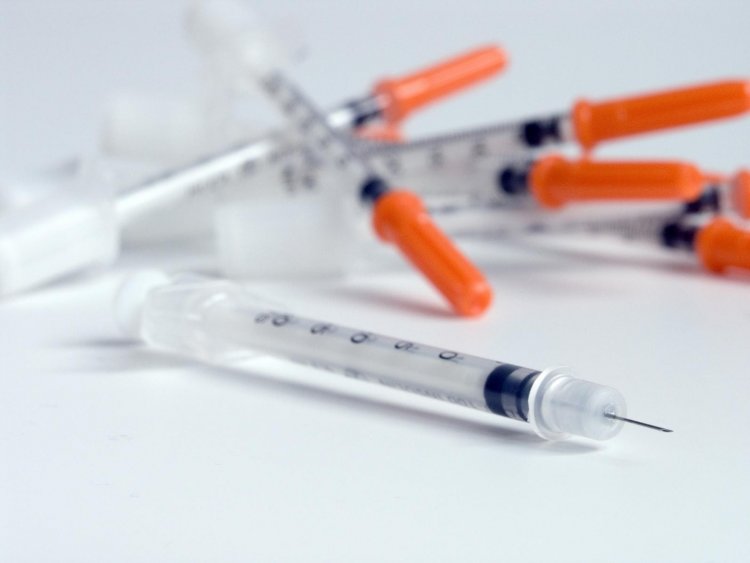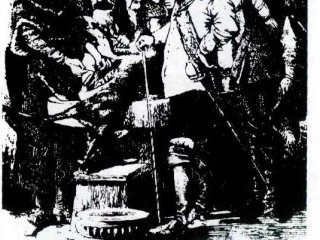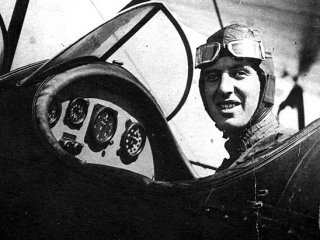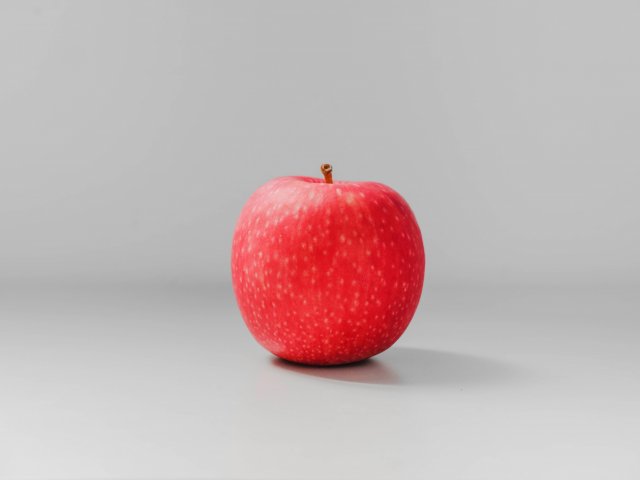
Well, it is easy to say – “administered.” The first injection, which was given to a young diabetes sufferer from Toronto, Leonardo Thompson, was preceded by a colossal work on studying diabetes and its causes. It was initiated by a medical student from Berlin, Paul Langerhans. In 1869, he studied the structure of the pancreas under a microscope and discovered some islets of previously unknown cells. Later they were dubbed “islets of Langerhans,” and even later, scientist Eduard Lagus found out that these islets form a substance that regulates digestion. In 1889, German physiologist Minkowski decided to prove that the pancreas is not very important for the digestion of food and removed it from a healthy dog. It turned out that flies swarmed over the urine of the dog without the pancreas, and its examination showed that it was full of sugar. A decade later, scientist Eugene Opie proved that diabetes is caused by the destruction of the islets of Langerhans. The next twenty years were spent of efforts to isolate the pancreas secretory product – quite reasonably, it was thought to be usable as a medicine. Many people tried to do it, but only Frederick Bunting and John MacLeod succeeded. They isolated and purified insulin and, after numerous experiments on dogs, gave the first injection to the teenager Thompson. The experiment was a failure – the boy had an allergic reaction. The protein was purified even more thoroughly, and eventually the scientists achieved a wonderful result, which was brought them the Nobel Prize a year later. Millions of diabetic sufferers should be grateful to Bunting and MacLeod – or at least know about them.
























